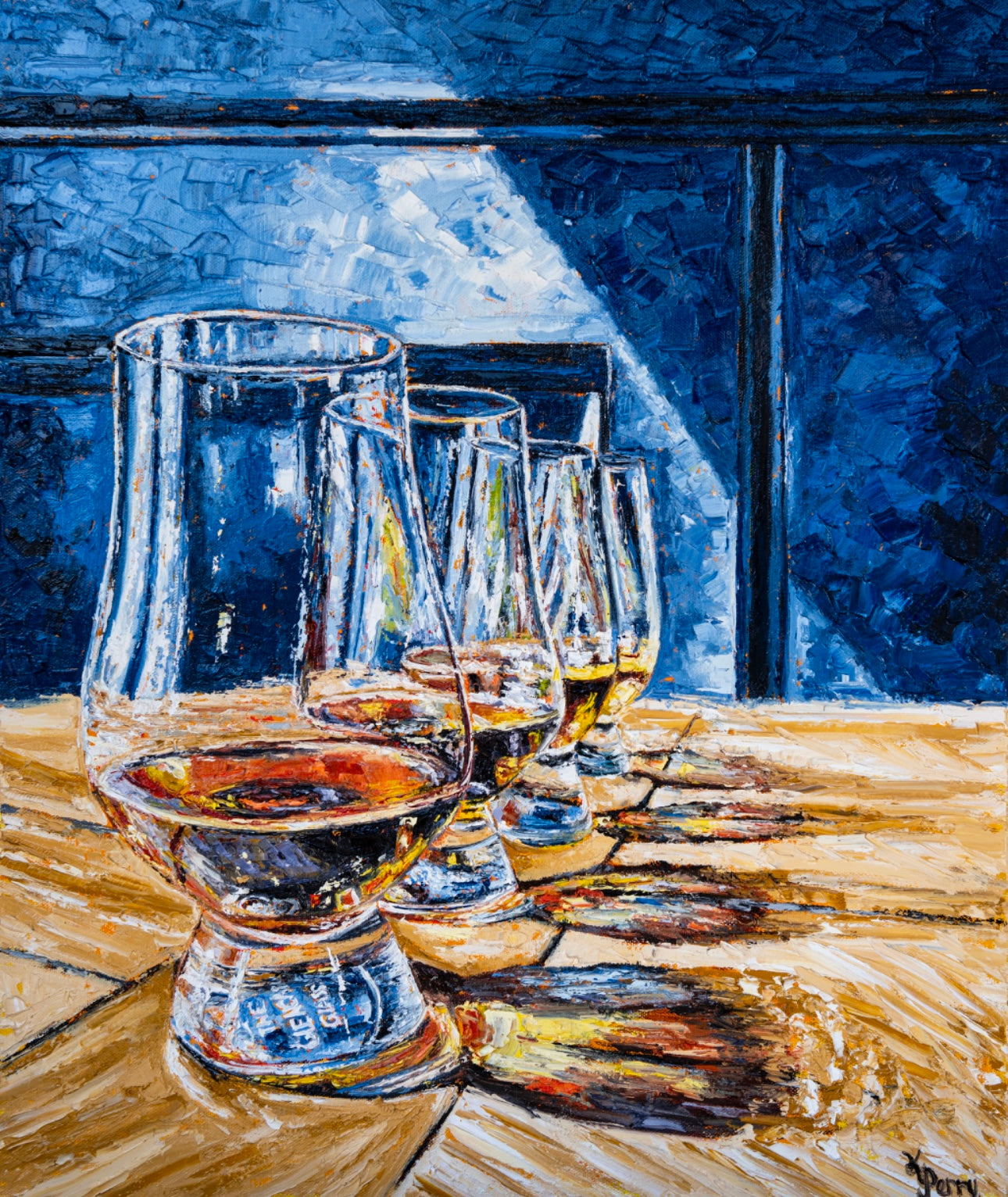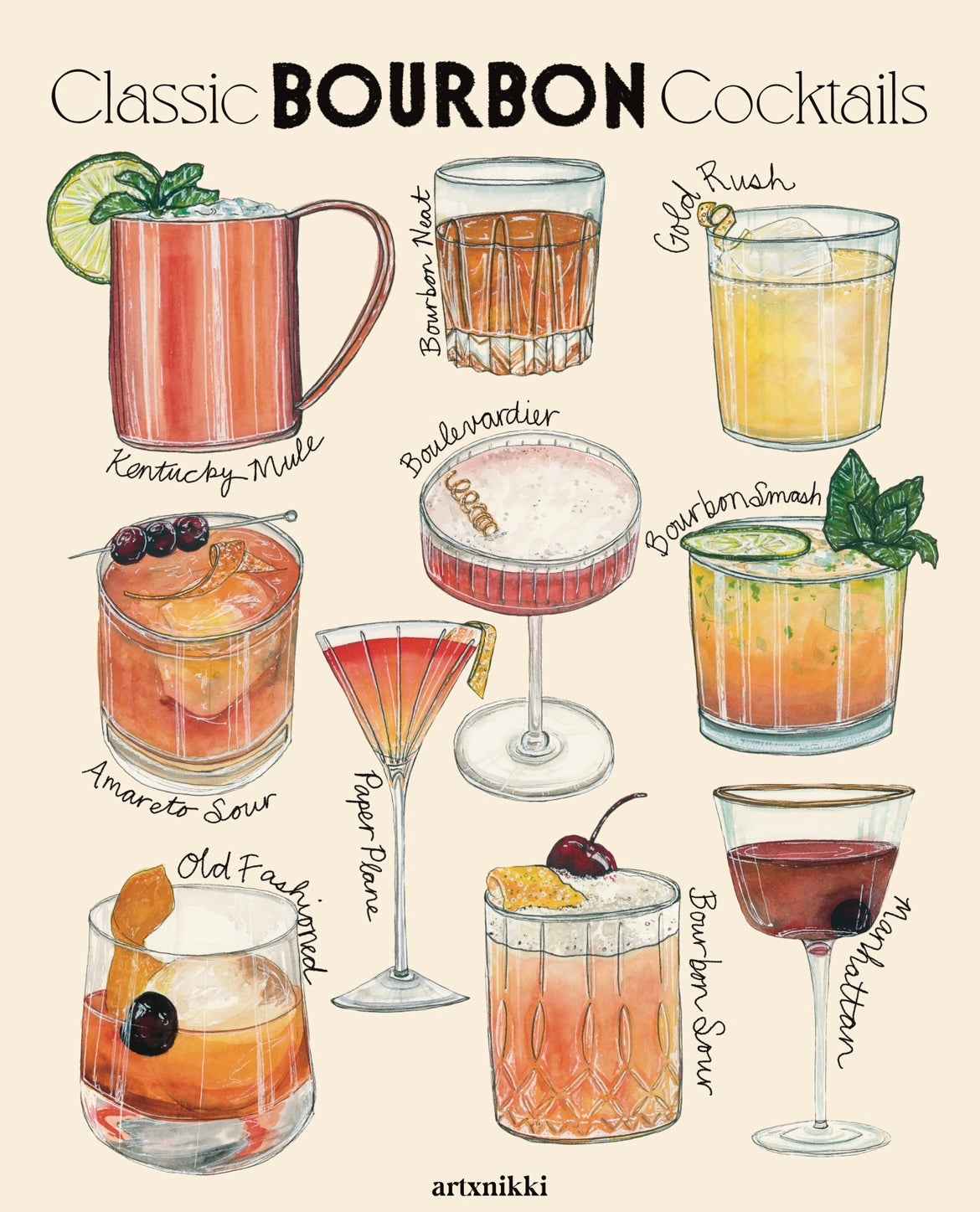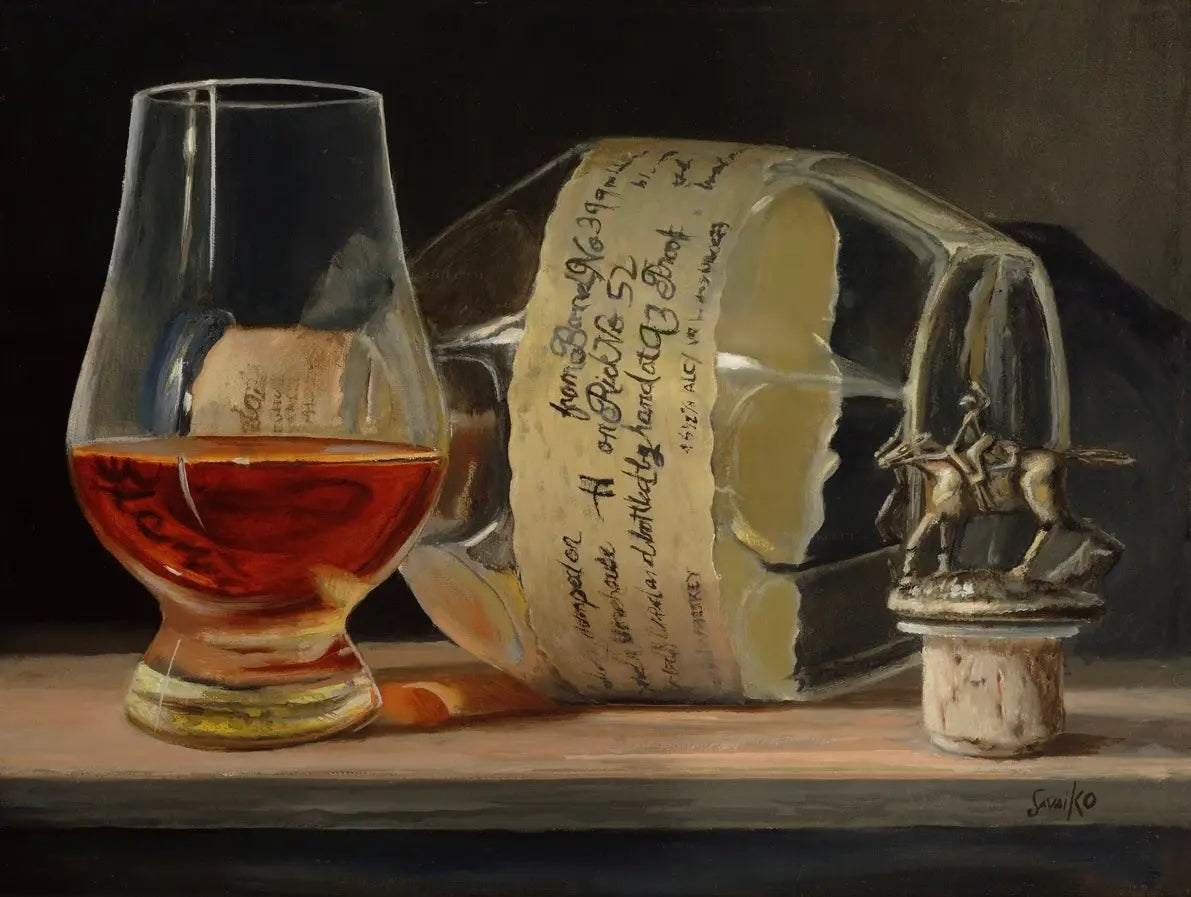Realism Art in the Whiskey Industry: Showing Moments of Distillation
Realism Art in the Whiskey Industry: Showing Moments of Distillation
Blog Article
The Importance of Whiskey Art in Celebrating Heritage and Workmanship in the Beverage Industry
The elaborate relationship between whiskey art and the party of heritage and craftsmanship within the drink industry can not be overstated. With attentively designed labels and bottles, scotch brand names encapsulate their historic roots and the artisanal abilities that define their manufacturing methods. This artistic measurement not just boosts market allure however additionally offers as a conduit for cultural storytelling, promoting a much deeper connection in between the craft and the consumer. As we check out the different aspects of this subject, interesting inquiries regarding the impact of modern-day patterns on typical techniques develop, motivating more exam.
The Historic Origins of Whiskey
At the heart of scotch's attraction lies an abundant tapestry of historic roots that map back to old human beings. The origins of scotch can be linked to the distillation methods of the Sumerians and Babylonians around 2000 BCE, where early types of fermented grain drinks started to emerge. However, it remained in the Middle Ages that the art of distillation developed substantially, especially in Ireland and Scotland, resulting in the production of whiskey as we understand it today.
The term "bourbon" itself acquires from the Gaelic word "uisce beatha," meaning "water of life." This phrase emphasizes the cultural importance of scotch in Celtic cultures, where it was frequently associated with routines, celebrations, and public bonding. By the 15th century, purification came to be an acknowledged craft within reclusive areas, leading the way for the facility of lawful distilleries.
As profession paths broadened, scotch's appeal expanded, going beyond regional borders and catching the interest of aficionados worldwide. Limited Edition. This historical trip shows not just the workmanship behind whiskey production but likewise its integral duty in social and social contexts, noting it as a considerable beverage throughout history
Artistic Expression in Branding
Scotch branding stands as a compelling crossway of artistry and business, where aesthetic identification plays a critical duty in forming consumer perception. The aesthetic appeals of whiskey tags, packaging, and advertising and marketing products show not only the brand's story but also its core worths and heritage. Through artistic expression, distilleries convey a story that resonates with consumers, stimulating feelings and stimulating links.
The usage of shade, typography, and imagery in branding offers to distinguish items in a saturated market. Traditional concepts might evoke a feeling of credibility and workmanship, while contemporary styles can signify technology and forward-thinking. This calculated creative direction boosts brand name acknowledgment and loyalty, allowing consumers to build an individual partnership with the scotch they choose.
Additionally, artistic expression in branding commonly functions as a party of local heritage. Distilleries often include regional icons or historical referrals right into their layouts, developing a feeling of area that welcomes customers to take part in a more comprehensive cultural experience. Inevitably, the artistry behind bourbon branding not just improves aesthetic charm however additionally enriches the overall story of the brand, fostering a much deeper recognition for the craftsmanship and heritage ingrained in each bottle.
Craftsmanship in Container Style
The artistry evident in whiskey branding expands past visual identification to include the craftsmanship associated with bottle design. Each bottle offers as a vessel not simply for the spirit within, but likewise for the tale it outlines its practice, beginning, and quality. The design procedure calls for careful attention to detail, as elements such as closure, material, learn the facts here now and shape add dramatically to the general understanding of the scotch.
Craftsmanship in bottle style includes selecting premium glass that can improve the whiskey's color and quality, while additionally providing a tactile experience for the customer. The shape of the container have to be both cosmetically enticing and practical, typically showing the heritage of the brand name. Several distilleries opt for one-of-a-kind shapes or embossed logos that evoke a sense of credibility and background.
Moreover, the label style and typography play a crucial function in interacting the brand name's narrative. Whiskey Art. A well-crafted bottle not only astounds the customer's eye however additionally reinforces the brand name's commitment to high quality and tradition. In this way, the workmanship of bottle layout ends up being an important aspect of the whiskey experience, combining virtuosity with a profound respect for heritage
Social Significance of Whiskey Art
Commemorating custom and craftsmanship, the social importance of bourbon art transcends simple visual appeals, linking with the social and historic narratives of the areas from which it originates. Each bottle offers as a canvas, depicting the special tales, mythology, and traditions that have actually formed regional whiskey-making methods. The detailed layouts commonly show the heritage of the distillers, incorporating symbols and themes that resonate with the culture and worths of their communities.

In addition, bourbon art plays an essential role in public gatherings and celebrations, functioning as a concrete web link between individuals and their shared experiences. By appreciating the creativity in scotch packaging, customers grow a deeper understanding and regard for the craft, inevitably enriching their pleasure of the drink itself.
Modern Trends in Whiskey Discussion
In recent times, the discussion of scotch has actually evolved to reflect modern tastes and patterns while still recognizing standard workmanship - Whiskey Art. Distilleries are significantly concentrating on aesthetic aspects that improve the total drinking experience, bridging the void between heritage and modernity
Innovative bottle designs have emerged, frequently including lasting products and imaginative tags that inform engaging stories. Several brand names currently team up with regional artists, infusing their products with unique aesthetic expressions that reverberate with consumers. Furthermore, limited-edition launches are typically packaged in collectible containers, adding value and appeal for lovers.

Conclusion
To conclude, scotch art works as an important avenue for sharing the heritage and craftsmanship inherent in the beverage sector. With complex branding, ingenious bottle layouts, and culturally substantial imaginative elements, bourbon brands properly honor their customs and attach with consumers. This creative narrative not only raises the recognition of whiskey yet likewise reinforces area identification and satisfaction among producers. Inevitably, bourbon art plays a crucial function in preserving and celebrating the abundant cultural tapestry of whiskey-making.


Workmanship in bottle design entails choosing top quality glass that can improve the bourbon's color and quality, while also supplying a responsive experience for the customer. In you could check here this method, the craftsmanship of bottle style ends up being an essential aspect of the whiskey experience, combining artistry with an extensive respect for heritage.
In verdict, bourbon art serves as a crucial avenue for revealing the heritage and workmanship integral in the drink sector.
Report this page